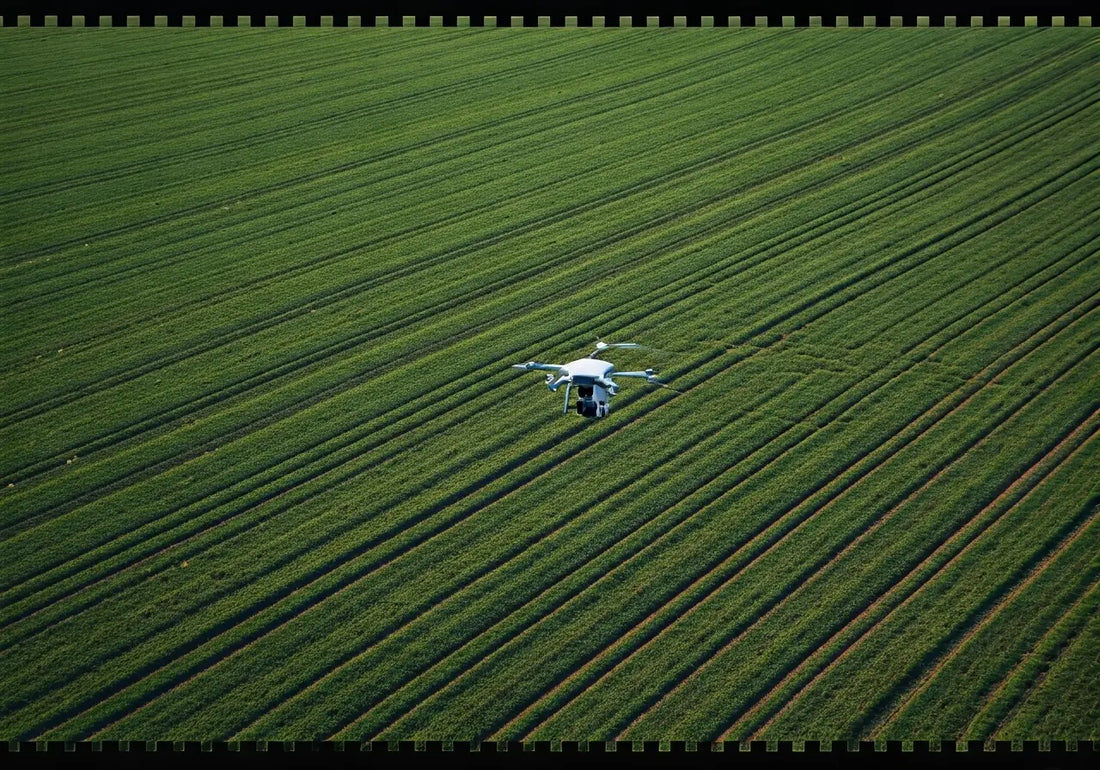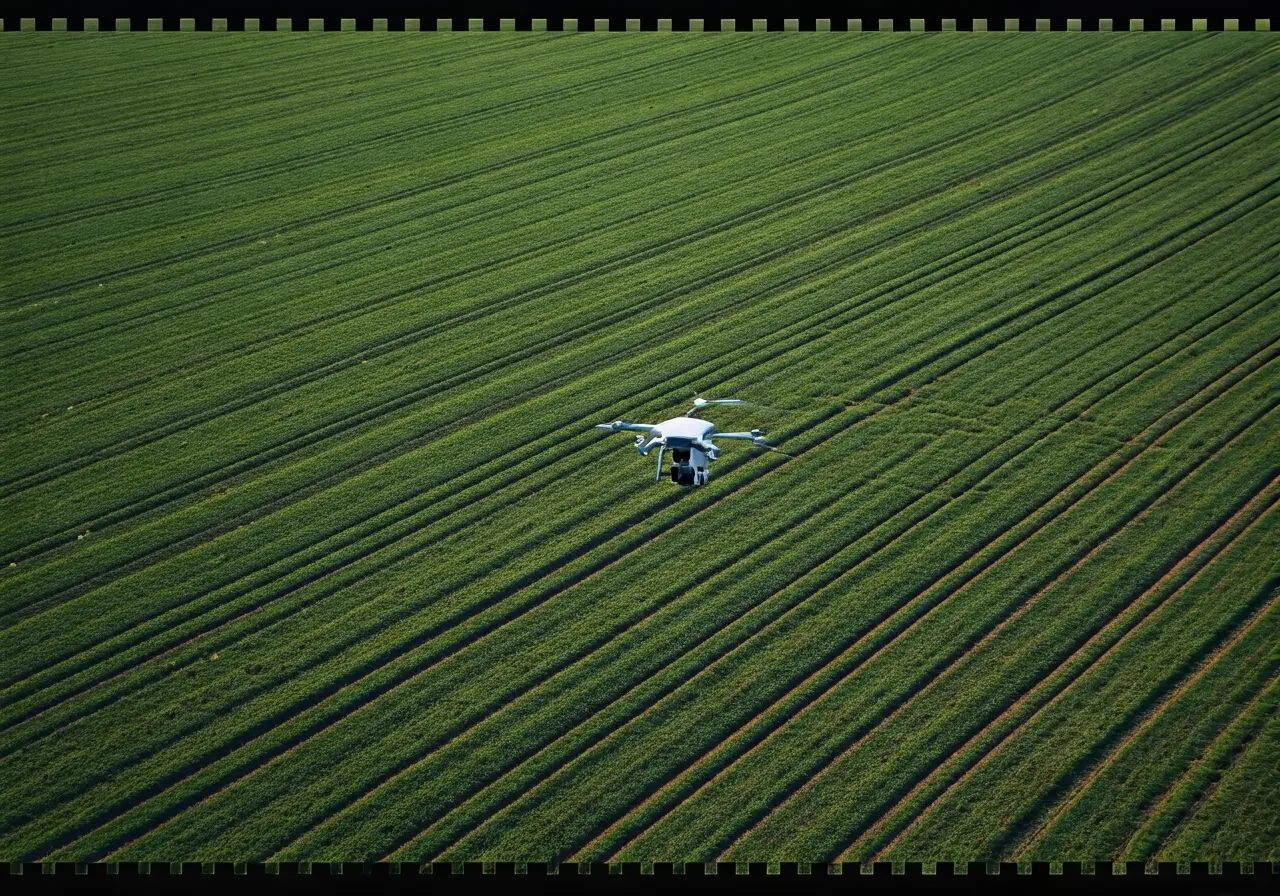
Unlocking Efficiency with Drone Based Agriculture
Share
In an era where technological advancements are reshaping various industries, agriculture is no exception. Drone based agriculture is paving the way for more efficient and sustainable farming practices. How exactly do drones contribute to the farming sector, and how can they unlock efficiency? Let’s explore.
Understanding Drone Based Agriculture
Drone based agriculture involves using drones to monitor and manage crops, soil conditions, and livestock more effectively. With advanced sensors and imaging capabilities, drones can collect invaluable data for farmers.
One of the primary functions of drones in agriculture is precision agriculture. Precision agriculture is a farming management concept that uses data collected by drones to optimize returns on inputs while preserving resources. By utilizing drones equipped with multispectral and thermal sensors, farmers can gather information on crop development, soil conditions, and even plant health. This data, when analyzed, provides insights that encourage smarter farming decisions for better yield outputs. As a result, farmers can target their efforts where they are most needed, reducing wastage and increasing efficiency in operations.
Benefits of Drones in Farming
One of the standout benefits of drones is their ability to provide real-time data, which aids in precise decision-making. They help in reducing labor costs and environmental impact by applying fertilizers and pesticides more accurately.
Drone technology reduces the time it takes for farmers to complete tasks that would otherwise be labor-intensive and time-consuming. For instance, crop scouting—an essential practice for pest and disease management—is made far more efficient with drones. They can cover large areas in short spans, offering rapid overviews of crop health. In addition to labor savings, drones contribute to environmental sustainability. By utilizing their imaging capabilities, drones facilitate precise pesticide applications, ensuring chemicals are applied only where necessary, minimizing runoff into water systems. This controlled application enhances environmental protection while maintaining crop growth, a clear win-win scenario for modern farming practices.
How Drones Enhance Crop Monitoring
Drones offer an aerial perspective that allows farmers to spot issues such as pest infestations, irrigation problems, or plant diseases early, ultimately saving resources and reducing crop loss.
Early detection of potential crop issues is vital for maintaining high yields, and drones excel in this arena. Traditional methods often lead to delayed identification of problems, but drones change this dynamic. By regularly flying over fields, drones can collect high-resolution images that pinpoint stress in plants faster than the human eye. Through thermal imaging, they can even reveal differences in plant temperatures that indicate water stress or disease. With this timely analysis, farmers can take immediate corrective actions, applying remedies only where needed, conserving resources and ensuring healthier crops. This proactive approach not only saves time but enhances crop yield reliability.
The Role of Drones in Livestock Management
Beyond crops, drones also facilitate better livestock management. They can quickly and safely monitor herds, check for injuries, or locate animals, enhancing overall animal health and farm productivity.
Efficient livestock management is crucial for maximizing farm productivity, and drones contribute significantly to this aspect. Using drones, farmers can oversee vast expanses of grazing land with ease. Equipped with thermal cameras, they can monitor herds remotely, identifying injured or sick animals instantly, without disturbing the entire group. This method of remote monitoring allows for swift intervention, maintaining herd health and reducing veterinary costs. Furthermore, by tracking movement and behavior patterns through drones, farmers can optimize herd management strategies for better resource allocation. In remote and challenging terrains, drones can become a game-changer, ensuring animals are located and protected, minimizing loss risk, and maintaining herd vitality.
Overcoming Challenges in Drone Based Agriculture
Despite their advantages, integrating drones into agriculture comes with challenges such as high initial investment costs, regulatory hurdles, and the need for skilled operators. However, these challenges are gradually being addressed with advancements in technology and training.
Regulatory aspects present another hurdle in the widespread adoption of drone technology in agriculture. In many regions, airspace regulations and privacy concerns limit drone usage. Farmers must navigate these legal challenges to fully leverage the potential of drones. Training for drone operation and data analysis is still evolving, and finding skilled personnel can be difficult. However, the industry is responding with more affordable drone models and starter kits, and training programs are becoming more accessible. These advancements indicate a positive trajectory toward overcoming current obstacles, underscoring the future potential of drones in revolutionizing the agricultural sector.
The Future of Farming: Embracing Drone Technology
Drone based agriculture is indeed transforming the way farming is done, bringing unprecedented efficiency and precision. As technology continues to evolve, the integration of drones into agricultural practices presents a promising future for farmers looking to maximize yields and streamline operations.

